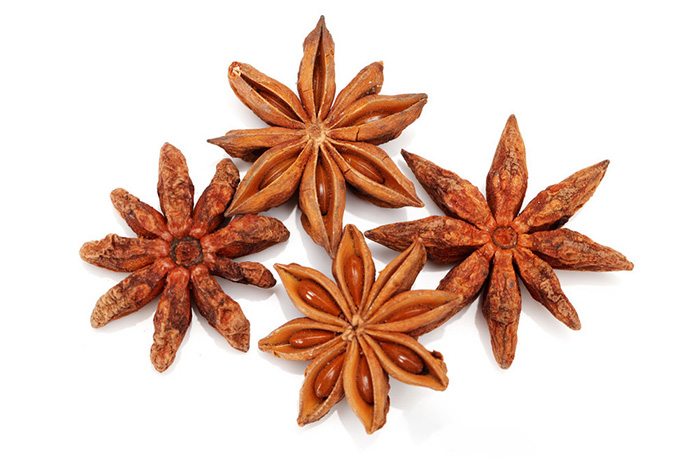

Against the backdrop of sustained growth in global demand for spices and traditional Chinese medicine, star anise, as a Chinese specialty agricultural product, is ushering in new development opportunities. Data shows that the global annual consumption exceeds 50000 tons, and China has an absolute advantage in accounting for over 85% of global production, becoming the core supplier in this field.
According to industry reports, the global octagonal annual production is about 60000 tons, of which China contributes 35000 tons, and this number is still steadily increasing. The cultivation of star anise in China is highly concentrated, with Guangxi accounting for 97% of the country's total production and contributing over 70% of the world's star anise resources. Thanks to the warm and humid climate conditions, Guangxi star anise has excellent quality, but its yield is also susceptible to extreme weather and pests and diseases, with the difference between high-yield and poor harvest years reaching several times.
In recent years, the planting area of star anise powder in China has continued to expand, currently exceeding 1.2 million mu, an increase of 23.4% compared to five years ago. Policy support is an important factor in promoting industrial expansion, and the rural revitalization strategy provides development momentum for characteristic agricultural products. In addition to Guangxi, Fujian, Yunnan and other places have gradually expanded their planting scale, but Guangxi still occupies an absolute dominant position.
China's star anise powder has shown a clear surplus trend in international trade. In 2023, the export volume of star anise powder will reach 43000 tons, earning 280 million US dollars in foreign exchange. The average export price will increase by 37.5% compared to 2019, reaching 16500 US dollars per ton. It is worth noting that the proportion of traditional Southeast Asian markets has decreased, while the demand from the European Union has significantly increased, accounting for 22%, which is closely related to the improvement of the organic certification system.
Deep processed products are becoming a new engine for export growth. The export unit price of high-end products such as supercritical extraction of fennel oil is as high as $82 per kilogram, driving the proportion of deep processing categories in exports from 31% in 2020 to 45% in 2023. At the same time, cross-border e-commerce channels have performed well, with export volume increasing by 37% year-on-year, accounting for 19% of the total export value.
With the rise of the global trend of healthy eating, star aniseed, as a natural spice and traditional Chinese medicinal herb, is expanding its application scenarios from cooking to fields such as medicine and daily chemical products. The increasing acceptance of Chinese spices in the European and American markets has also provided new opportunities for the export of Chinese star aniseed.
Industrial upgrading will become the main line of future development. From standardized management at the planting end, to the development of high value-added products in the processing stage, and to digital innovation in transaction models, the octagonal industry is gradually moving towards high-quality development. International market expansion, brand operation, and breakthroughs in deep processing technology will be the key to enhancing the competitiveness of Chinese octagonal enterprises.
Overall, China's star aniseed industry has dominated the global market with its resource advantages and continuous innovation. In the future, with the growth of health consumption demand and the promotion of industrial upgrading, this traditional agricultural product is expected to release greater economic value
Post time: Jul-31-2025





